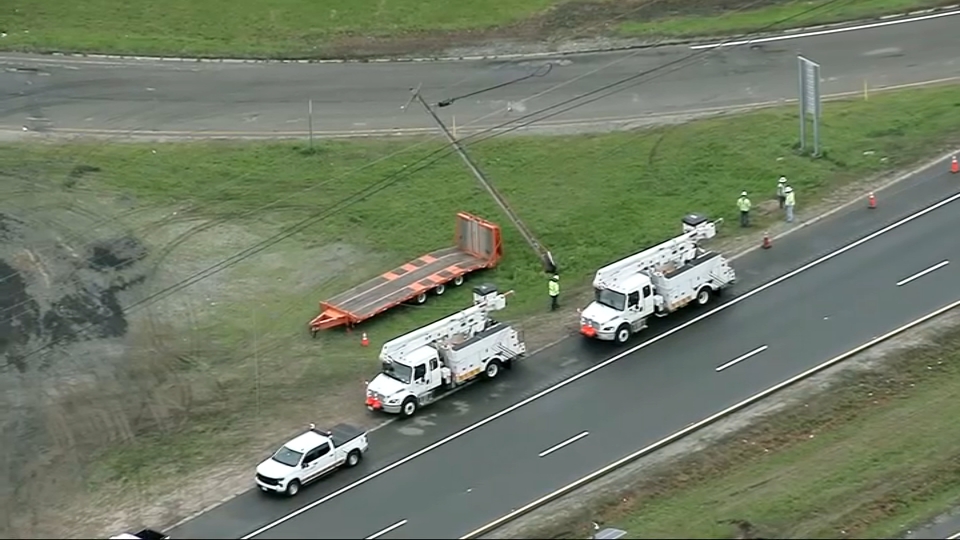A fish believed to be an endangered sturgeon washed up on Revere Beach.
A man in Revere, Massachusetts, found a rare fish on the beach. After reporting it, state officials are looking into how the endangered species ended up there.
"It looked like prehistoric, like a living dinosaur. I've never seen something that looked that way," said Erik Haigh, who lives near Revere Beach.
Stream NBC10 Boston news for free, 24/7, wherever you are.
At first, he thought it was a tire that had washed up because it was so big. Then, he got a closer look.
"It was almost armor-plated and I thought it had like a sort of pointy snout, so I was like, 'This is not your average fish that you would see washed up on Revere Beach,'" Haigh said.
Get updates on what's happening in Boston to your inbox with our News Headlines newsletter.
Its gills were still moving, so he tried to put the fish back in the water. He estimates it was about five feet long.
"I also noticed it had a huge rope attached to its tail," he said.
Haigh posted pictures online asking if anyone knew what kind of fish it was and learned it was likely a shortnose sturgeon or an Atlantic sturgeon. The major difference between the two are size and their habitats.
According to the Massachusetts Division of Fisheries and Wildlife, shortnose sturgeon are smaller — about three feet long — and mostly live in rivers.
Atlantic sturgeon average six to nine feet in length, but sometimes exceed 13 feet and 800 pounds. They spawn in freshwater and spend much of their adult life in estuarine and coastal habitats.
"The best way to figure out which species it is is looking at the mouth width. That's a key factor," said Marion Larson, chief of information and education for the Massachusetts Division of Fisheries & Wildlife.
Both types of sturgeon are endangered species. According to the National Oceanic and Atmospheric Administration, Atlantic sturgeon were abundant, but their populations have declined greatly due to overfishing and habitat loss. During the late 1800s, people flocked to the eastern United States in search of caviar riches from the sturgeon fishery, known as the "Black Gold Rush," the agency explains on its website.
Local
In-depth news coverage of the Greater Boston and New England area.
The shortnose sturgeon is in danger of extinction, says the NOAA. The most significant threats to the species are dams that block access to spawning areas, poor water quality, dredging, water withdrawals from rivers and unintended catches in some commercial fisheries.
"I know that the fisheries biologist was concerned about the fact that there was a rope tied on the end of the tail, which would indicate that somebody did have it and they certainly were handling in a way that was illegal," said Larson.
The fish did not survive. Allison Ferreira, Public Affairs Officer for NOAA's Greater Atlantic Regional Fisheries Office, said they were working with the state to retrieve the fish and examine it to learn more about it and how it died.
After his discovery, Haigh learned sturgeons are prehistoric fish that have existed for more than 120 million years.
"It was a special thing to see, but a little sad because it was dying," he said. "Hopefully, if more people have sort of an awareness of this type of fish, maybe if they see one in another circumstance, they could do a little to help it."
NOAA Fisheries asks that any stranded, injured, or dead sturgeon be reported at (978) 281-9328 or by emailing noaa.sturg911@noaa.gov.



